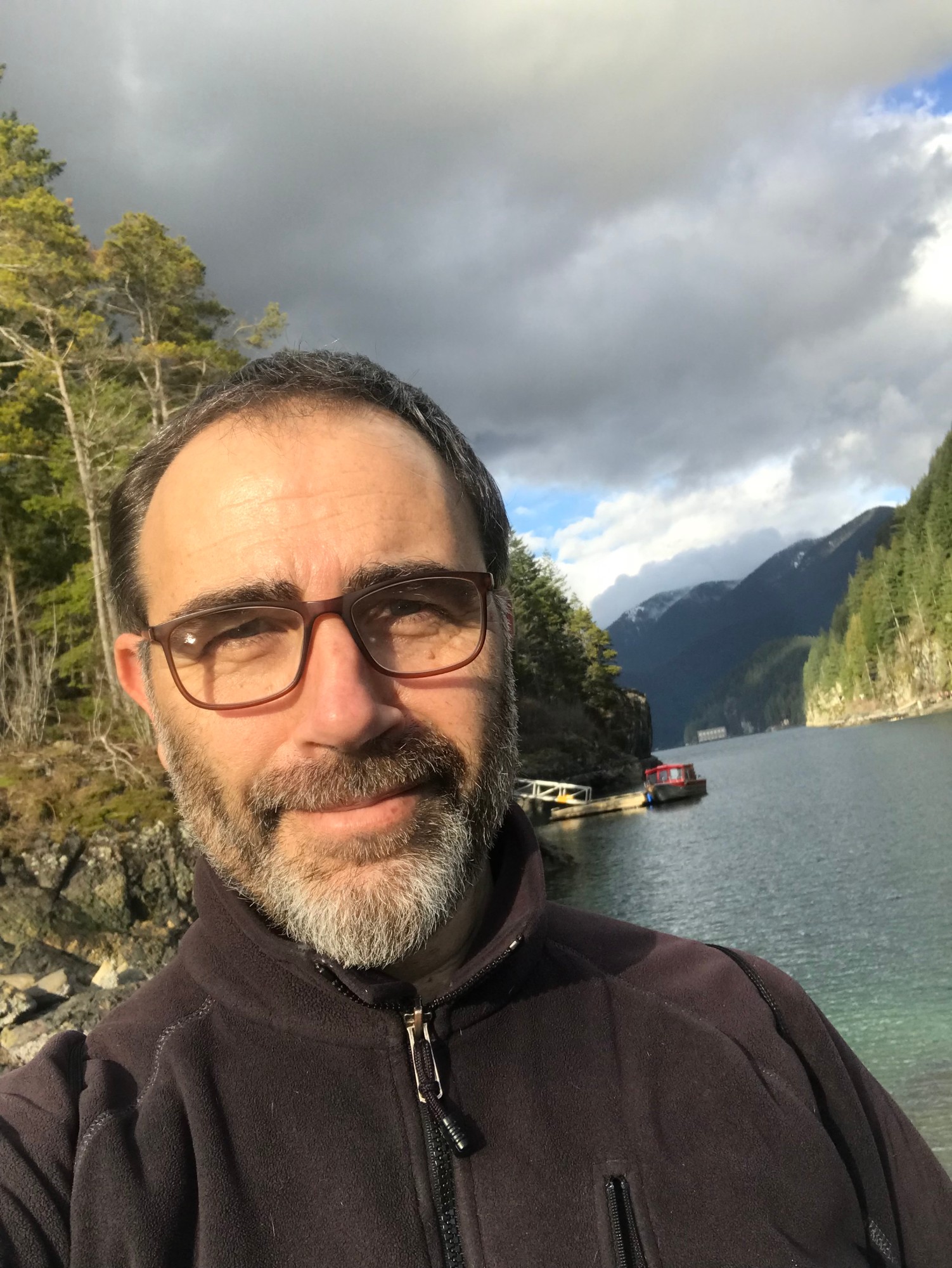siena

FRANCESCO BERNA
Francesco Berna is a geoarchaeologist specializing in the study of archaeological sites’ formation processes and the accurate characterization of their stratigraphy at the microscopic scale (microstratigraphic approach). He worked extensively in caves, rock shelters and open-air sites in Europe, Levant, Africa, the Caucasus and the Americas dating from the Oldowan to the historical periods. As far as research on Neanderthals, his expertise has been instrumental in research at Kebara in Israel, Peche de L’Aze and Roc de Marsal in France and Oscurusciuto in Italy. An essential part of his research has been the development of analytical protocols for the integrated use of infrared imaging microscopy on petrographic thin sections of archaeological deposits, features and materials. One of the first applications of his methodological breakthrough allowed the identification of in situ heated bones associated with ashed plant materials and Acheulian stone tools dating to about 1.0 Ma ago at Wonderwerk Cave in South Africa. These findings reignited interest on research related to the use of fire and human evolution. He was invited to work on evidence of fire associated with Oldowan stone tools at Koobi Fora in Kenya and in high profile sites associated with remains of Homo heidelbergensis in the Levant (i.e., Qesem Cave) and Europe (i.e., Schöningen). Relevant to this proposal, he contributed to the study of human activities, site formation processes and stratigraphy at Early, Middle and Late stone Age in South Africa (e.g., Florisbad, Cornelia) and Lower Middle and Upper Paleolithic sites in the Caucasus (i.e., Dmanisi and Lusakert), Italy (e.g., Oscurusciuto), and the Levant (i.e., Manot Cave and Skhul Cave).
At Simon Fraser University Francesco B. directs the Geoarchaeology lab and teaches Ancient Peoples and Places, Archaeological Science, Geoarchaeology and Soil Micromorphology and supervises e co-supervises Postdoctoral fellows and PhD and Master’s students. At University of Siena, he is directing the newly constituted Microstratigraphy Lab for the Environmental and Archaeological Sciences and co-supervises 5 Postdoctoral fellows and seven PhDs
LAST NEANDERTHALS, with co-PIs Benazzi and Barzilai, represents the natural evolution of his research trajectory where he can put to full fruition a vast experience in geoarchaeology fieldwork and graduate student supervision to significantly advance our knowledge on Neanderthals, their relationship with our species, and their fate.
laboratory
Siena Sediment Labs
At the University of Siena, two complementary laboratories are at the heart of our efforts to understand the environmental and archaeological records of the Last Neanderthals project.
StratLab, the Microstratigraphy Laboratory for Environmental and Archaeological Sciences, processes intact sediment blocks from excavation site by embedding and preparing thin sections for petrographic and micromorphological analysis. It also supports micro-sampling for complementary geochemical and mineralogical analyses.Using high-resolution microscopy and spectroscopy, the lab reveals clues hidden at the micro-scale—offering a deeper understanding of how Neanderthal sites were formed and preserved.
SEDLAB, the Applied and Environmental Sedimentology Laboratory, focuses on sedimentological and granulometric analyses and supports both archaeological and environmental research. The lab supports both fieldwork and laboratory-based analysis of soils and sediments, using grain-size studies, chemical analysis, and magnetic properties to reconstruct past environments and site dynamics. This work is essential for interpreting the natural settings in which early humans lived.
Together, the Siena sediment labs work in close coordination to support the full suite of sediment-based analyses required in the project—from field sampling and stratigraphic reconstruction to micro-scale interpretation of site formation processes. Working closely with partner institutions across Europe and beyond, they provide a vital link between archaeology, geology, and environmental science.
